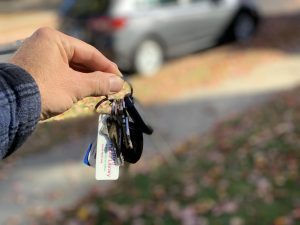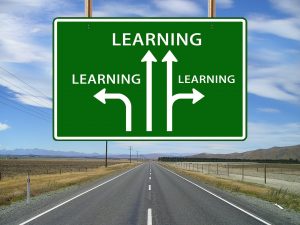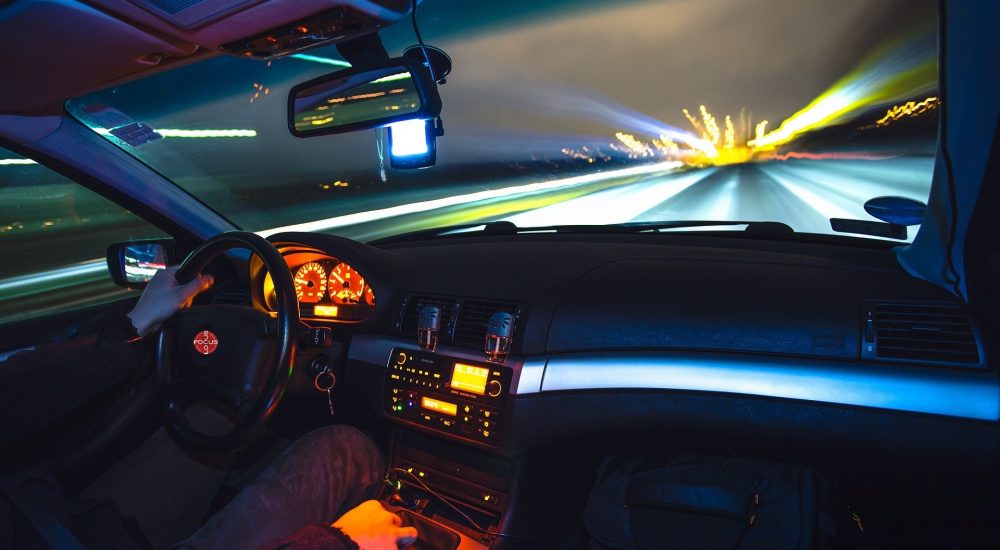I love to drive. Cars, motorcycles, ideas, discussions-you name it. I, like so many, enjoy and thrive off of the ability to be in control of where I am going and how I am getting there. As a facilitator of learning, I am also very comfortable in the driver’s seat. I know the desired goals and objectives for each learning experience I am in charge of, either designing or implementing or both. And, like many others in the field of education, the thrill of seeing the outcomes of these experiences realized and achieved by the students or group participants can be both exhilarating and fulfilling. It has been my experience, however, in over twenty years of facilitating group experiential education activities and opportunities, that the most powerful learning moments that come out of these experiences are those that come organically from the group.
The magic most often happens when a facilitator gives the group the keys to “drive” themselves.

As professionals in education, we are expected to lead, instruct, teach, and manage our learners. One of the most challenging shifts we have to make is when we are required to “facilitate.” Teachers and afterschool-time education professionals are often told we need to facilitate, but seldom are we taught how to be effective facilitators. The word “facilitate” comes from the Latin root word, “facil,” which means, “to make easy.”
Good facilitation is seldom “easy,” but my interpretation of “to make easy” has evolved to mean: creating an environment in which groups can feel safe to take learning risks together; giving them the necessary resources and instructions, and then taking a back seat, getting out of the way to let them drive.
Now, no one likes a back seat driver, so while I am back there and enjoying the ride, I mindfully and intentionally listen and observe the behaviors and dynamics of the group as they engage in their learning process and group dynamics. I pay attention with the genuine curiosity of a kindergartener. Kids that age ask the best questions, and by observing from an open and curious mindset I am able to look beyond the “desired goals and objectives” of the learning opportunity. This ensures that I notice the fine details of sights and scenes (and dynamics) that we encounter along the way as the group drives, which will enrich the discussion following the activities and enhance those goals and objectives we know are also present; helping to make the experience more meaningful and relevant to the group participants.

Making this shift from driving (leading, instructing, or teaching as the facilitator) and turning the control over to the group can feel scary; there is often some chaos, more noise than usual, and more opportunities for unexpected things to pop up on the road to our lessons. Much like handing the car keys over to a teenager or someone just learning to drive, we as facilitators need to remember to trust the process. If we have given them the tools they need, outlined the parameters in which safety can be achieved and maintained, and trust that the learners have the necessary skills to get the group to our destination, the group magic will happen and learning occurs.
I love being along for the ride as the passenger, watching and noticing the different twists and turns the group takes us on. Often they will take different routes than expected; sometimes circuitous or the longer scenic rides on back roads, picking up new ideas and knowledge along the way. As a passenger on this journey, I can observe the group’s interactions and individual  behaviors very differently than when I am the facilitator in the driver’s seat, and focused on “the road.” This gives me the opportunity to help the group reflect on these lessons far more holistically once we have arrived at our destination. It enables our discussions to include not only those desired goals and learning objectives we know will be there upon arrival, but also about the various ways we act and feel while we are learning with and from others. We have the opportunity to get out of the car for some time to breathe and stretch, then adjust our side and rearview mirrors, and reflect together about how the lessons learned along the way can apply to other areas of our lives, before we jump back in, buckle up, and head off to the next destination on this long strange trip called “learning.”
behaviors very differently than when I am the facilitator in the driver’s seat, and focused on “the road.” This gives me the opportunity to help the group reflect on these lessons far more holistically once we have arrived at our destination. It enables our discussions to include not only those desired goals and learning objectives we know will be there upon arrival, but also about the various ways we act and feel while we are learning with and from others. We have the opportunity to get out of the car for some time to breathe and stretch, then adjust our side and rearview mirrors, and reflect together about how the lessons learned along the way can apply to other areas of our lives, before we jump back in, buckle up, and head off to the next destination on this long strange trip called “learning.”
For breakfast this morning, I hit the drive-thru! Coffee cleared the fog from the windshield, an english muffin sandwich put fuel in the tank for the trip, and I jumped in the back seat for my ride-along on today’s learning adventure.
Author: @jmcglamery
